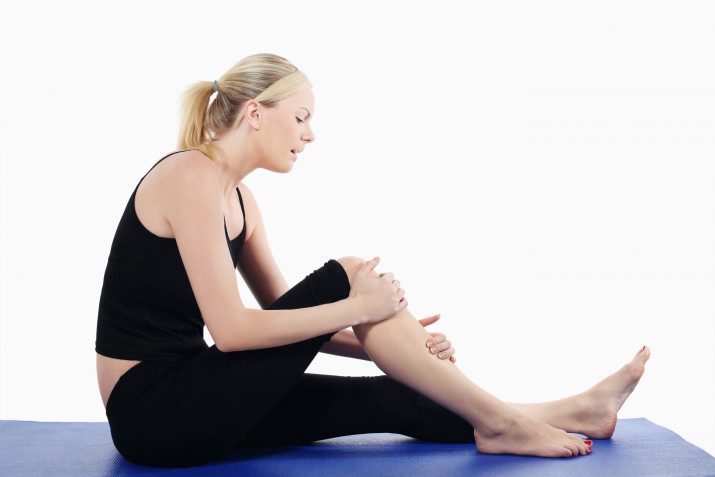Want to move better with minimal knee pain, hip and low back pain? Read on to find out how.

The hips are a complex group of muscles that connect down to the knee, the pelvis, and up into the lower back. With the vast majority of today’s jobs involving sitting for long periods of time, the hips get tight (hip flexors among others) which can cause the glutes to stop working efficiently. If this happens, other muscle groups have to pick up the slack of what the glutes cannot do and become overloaded.
To reduce the hips, knees, and low back pain you need to do the following things:
- Foam roll the hips
- Increase hip mobility
- Increase the activation/strength of your glutes
To be able to get the glutes to activate and work properly, the first thing you need to do is to foam roll through the hips, quads, glutes and hamstrings. Foam rolling is designed to reduce the tension in the muscles which will allow the muscles to be able to get back to a normal resting length.
Think of your muscles as a shoestring with a knot or two tied into the knot
When you go to stretch a muscle that has knots, you are making the knot tighter. The foam roller helps the body “untie” the knot in the muscle through something called the Golgi Tendon Organ (GTO). The GTO rates tension in the muscle. You may have noticed this when you stretch a muscle too far. Your muscles become very tense and don’t feel like they are going to relax. After a few seconds, they relax and you can get into the stretch deeper. This is the same with foam rolling. Once a spot is found, you hold the position until the tension/pain is reduced by at least 50-75%. How is the tension decreasing? The GTO notices the tension in that spot and then will send a signal to that particular spot to relax. If the spot has been there a while, it may take a long time for the muscle to “let go.” Be persistent with the foam rolling, the more you do it, the better off the results.
Once you have finished foam rolling, mobility is next
For most of us, our hips have lost their mobility over time. For those who sit at a desk all day, our hips gradually get tighter and tighter. Mobilizing the hips is a great way to restore normal function while opening up the hips which will decrease injury, increase proper muscle activation, and increase performance all while decreasing hip, knee, and back pain.
Now we are ready to activate the hips, glutes, and abs. A weak core and hips will put your low back, hamstrings, quads, in overdrive to assist with hip extension. As a result of these muscles working when they do not have to, hip, knee, and back pain can become pretty common. So the first thing we are going to do after our foam rolling and mobility is to make sure our core is firing properly by understanding how to brace our abs.
Once our abs are properly braced, we can learn how to properly do a bridge and basic hip abduction. The bridge is the basic of all glute exercises and needs to be mastered before any other exercises can be added. The hip abduction is just as important as these work the outer glutes; the glute minimus and glute medius (outer thigh muscles). These outer hips muscles help stabilize the knee when you are one leg.
Example home program for the hips:
- Foam rolling (include glutes, quads, hamstrings) 5 minutes
- Hip Mobility – 5 minutes
- Abdominal Bracing 3 sets of 30 seconds, gradually increasing time and then add leg movement
- Bridges – 3 sets of 15-20 reps
- Hip Abductions – 3 Sets of 15-20 per leg



